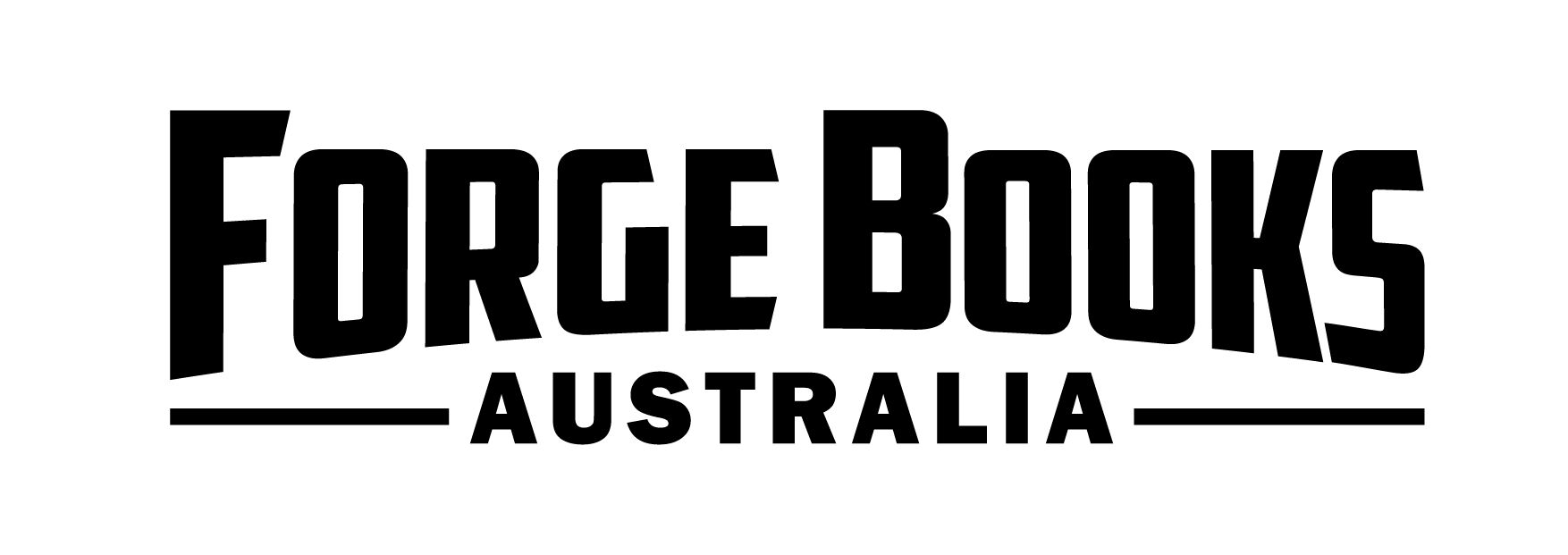Content
You can see profiles of IT candidates in your area using our online database. Tell us who catches your eye, and we can arrange an interview or placement ASAP. Communication — Developers must communicate with teammates and stakeholders all the time. The lack of flexibility, as a result making changes in the later stages difficult and expensive.
When the user is satisfied, the prototype code is brought up to the standards needed for a final product. The SDLC aims to produce high-quality software that meets or exceeds customer expectations, reaches completion within times and cost estimates. Mitigation strategy allows for decreasing the risk impact on the project. systems development life cycle phases For example, proper planning and involving people with similar skills allows for the substitution of team members in case of illness. Project management Plan projects, automate workflows, and align teams. The Lean process is about working only on what must be worked on at the time, so there’s no room for multitasking.
This process is repetitive, and on each iteration of the SDLC process, a newer version of the software is made. This model also requires a mode resource than the waterfall model. This stage includes the development of detailed designs that brings initial design work into a completed form of specifications. The detail design and development is responsible for producing the product, process and material specifications and may result in substantial changes to the development specification. Agile and Waterfall SDLC are the two polarized types of software development life cycle.
Popular SDLC Models
Several methods for software development have evolved over the decades. Waterfall methods are still common, though Agile is rapidly pulling ahead. There is no perfect method, but it’s far better to use some method than none. The Manifesto addresses key problems with Waterfall that led to challenges in software delivery. Where Waterfall tends to be a “one-way road,” Agile is a more flexible framework that allows for uncertainty.
- We hope this article sheds more light on various SDLC models available.
- Understanding the SDLC process is a determinative factor for getting and holding a firm grip on the workflow.
- The exact number and nature of steps depend on the business and its product goals.
- By anticipating costly mistakes like failing to ask the end-user or client for feedback, SLDC can eliminate redundant rework and after-the-fact fixes.
- While every SDLC is unique, all life cycles go through similar steps.
With its customizable spreadsheet interface and powerful collaboration features, Smartsheet allows for streamlined project and process management. Use Smartsheet’s SDLC with Gantt template to get started quickly, and help manage the planning, development, testing, and deployment stages of system development. Create a timeline with milestones and dependencies to track progress, and set up automated alerts to notify you as anything changes. Share your plan with your team and key stakeholders to provide visibility, and assign tasks to individuals to ensure nothing slips through the cracks.
Popular SDLC models
In sprint backlog, each item is divided into small steps called tasks. SB defines all tasks that developers undertake to complete during a particular sprint. Its first peculiarity is that all work is split into iterations like the iterative model. The team initially defines what actions they’ll need to perform in a particular timeframe. The main difference with the iterative approach is that this amount of work is not strict and can be changed in the middle of the process.

This is one of the SDLC models typically used for small projects with only one or two software engineers. Instead of starting with fully known requirements, you implement a set of software requirements, then test, evaluate and pinpoint further requirements. Once a system has been stabilized through testing, SDLC ensures that proper training is prepared and performed before transitioning the system to support staff and end users. Training usually covers operational training for support staff as well as end-user training. In systems design, functions and operations are described in detail, including screen layouts, business rules, process diagrams, and other documentation. Modular design reduces complexity and allows the outputs to describe the system as a collection of subsystems.
Stage 3. Development and Programming [Let’s build what we planned!]
In each section, team members place sticky notes with related information. However, lately, such boards have taken the shape of online spreadsheets. Considering that companies often outsource, meeting a customer face-to-face is problematic, but Agile offers video conferencing instead of audio calls to observe the body language. It helps to avoid some misunderstandings and build better relationships with clients. The V-model is called this way because of the scheme’s appearance and because its primary priorities are Verification and Validation.
The range of statuses in Kanban is less extensive, but it is sufficient to keep up with the software development process. The key differences lie in the work approach and main principles of the method. All the code flaws missed during the development are detected here. QA specialists document them and pass them back to the developers for fixing. The testing process repeats until all the critical issues are removed, and the software workflow is stable. After the requirements are approved, the process goes to the next stage – actual development.
Predictive SDLC Models
XP also implies that the code is shared between all team members, so everyone can give suggestions and look at it from the other angle. PB is a set of objectives that should be achieved at the end of development. Product backlog includes the names of items, their priority, and a number of a sprint when they need to be completed.

It streamlines the testing process by dividing it into particular phases as well. What is software development life cycle, and why does this notion seem so challenging and complicated at first? SDLC is a continuous process, which starts when a decision to launch the project is made and ends at the moment of its complete removal from the exploitation. They are divided into groups according to some factors, and each approach has its strengths and weaknesses.
Operations and maintenance
This model adopts the best features of the prototyping model and the waterfall model. The spiral methodology is a combination of rapid prototyping and concurrency in design and development activities. Those methods have progressed alongside advances in hardware, development tools, and modern thinking about the organizational management of software development teams. New software development methods have grown out of private and public software projects. SDLC works by lowering the cost of software development while simultaneously improving quality and shortening production time.
SDLC is not a methodology per se, but rather a description of the phases that a methodology should address. The list of phases is not definitive, but typically includes planning, analysis, design, build, test, implement, and maintenance/support. In the Scrum framework, for example, one could say a single user story goes through all the phases of the SDLC within a two-week sprint. The requirements are divided into groups at the start of the project. For each group, the SDLC model is followed to develop software.
On the one hand, the flexibility of the Agile approaches is an advantage. Developers may face some pitfalls if they aren’t familiarized enough with the https://globalcloudteam.com/ Agile methodology. Read about the 10 most common mistakes in Agile development to know what to pay attention to while implementing this approach.
Some projects require the team to write user manuals or create instructional videos before the software becomes available to end users. The exact number and nature of steps depend on the business and its product goals. On average, most companies define SDLCs with five to seven phases, although more complex projects reach ten or more stages. Jumping into software development without a pre-defined plan is a recipe for overbudgeting, delays, and costly failures. Agile system development life cycle is welcoming to the improvement of functional requirements at any stage of development. In a nutshell, requirements are statements that define and describe the expected result.
Iterative model: the adaptive one
Basically, the design phase concludes with more than one architecture that the stakeholders will review multiple times. For many types of software, design and development are interleaved. That is, both activities should be performed in tandem so that design models are proven as they are created. It is difficult to think about how much design is necessary before construction is used to test the configuration. In this type of SDLC model testing and the development, the step is planned in parallel. So, there are verification phases on the side and the validation phase on the other side.
Spiral model: the risk-driven one
The Software Development Life Cycle refers to the process we follow to deliver software to customers. It captures each step of creating software, from ideation to delivery, and eventually to maintenance. If you want to get more information about the main stages of custom software development, read this article. SDLC done right can allow the highest level of management control and documentation. All parties agree on the goal upfront and see a clear plan for arriving at that goal. At this stage, the goal is to deploy the software to the production environment so users can start using the product.
We’ve been working on different projects, so we’ll find the most appropriate approach for you. Does it still seem like there’s too much information to make the right choice? As visualization makes it easier to perceive the data, some people form a table to put all the questions and methodologies. They mark the respective boxes as “+” or “-.” Then, choosing the best option becomes very straightforward.
In the Agile method, the entire project is divided into small incremental builds. All of these builds are provided in iterations, and each iteration lasts from one to three weeks. Agile methodology is a practice which promotes continue interaction of development and testing during the SDLC process of any project. During this phase, QA and testing team may find some bugs/defects which they communicate to developers.
